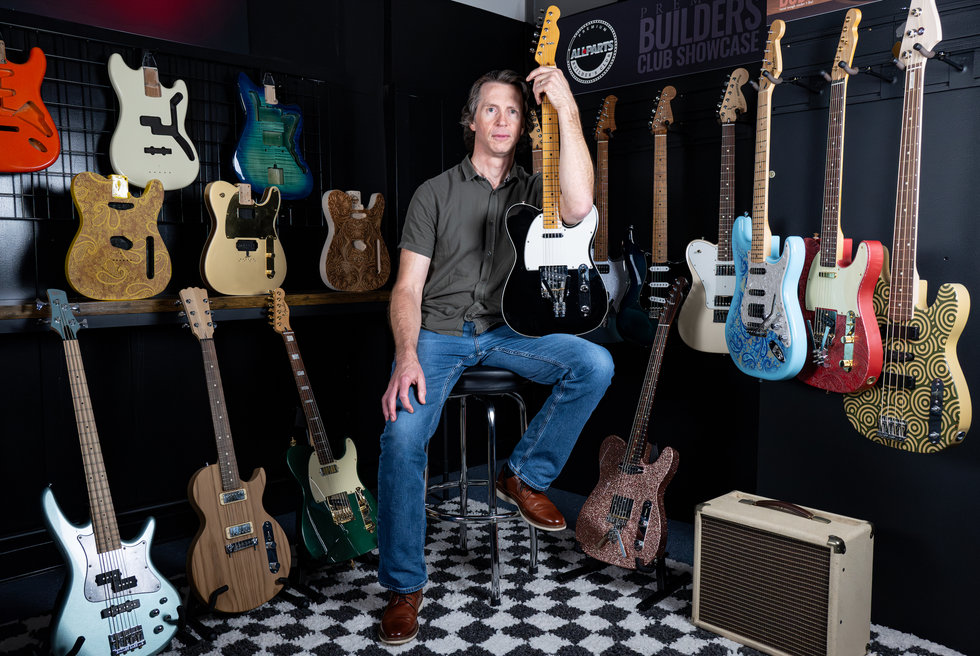Last month, we spent some time covering what you need to do if you really want to ace that big audition. It’s important to know yourself and your playing abilities, to know the situation you’ll be playing in and to remember to not overplay once you get to your audition. But what else should you keep in mind as you try to land that dream gig?
Step Four – Your Gear
The instruments and gear that a musician uses is a very important part of their job – and can be a deciding factor in an audition. Most auditions will last less than fifteen minutes. That’s the actual time that you have to be in front of the people that will hire you, so you have to utilize that time efficiently. The last thing you want to do is be rushing around dealing with setting up your gear.
A lot of auditions supply gear for you to try out on (with the option of bringing your own). That’s a tough one. Like most musicians, I personally don’t feel comfortable playing someone else’s gear, which means I’ve got to deal with setting up my own. If you’re a guitar player, there is a good chance that the rehearsal room has an amp that is similar to yours – leaving only your guitars and pedals to set up.
If you “have” to bring your own amp, see if you can get there early and set up before the audition starts. Sometimes the only way that can happen is if you offer to let other auditioners use your amp too. This can work for or against you. The drawback is that your sound is not as unique as it could be – and if you have a really cool amp, it might not be known that it is yours. Of course, you know your amp better than anyone else and can dial it in to the sweet spot – it also shows that you are cool and have the confidence to let your playing do the talking. The best part is that you won’t be sweating after carrying in a huge amp right before you play – leaving you flustered and embarrassed.
Step Five – Sing!
Being a singer, I have always tried to showcase my voice while auditioning. In most cases, playing live presents the artist with the difficulty of recreating stacked vocal parts/harmonies that are on their record. Though playing to (pre-recorded) tracks has become a popular remedy for this, it is still preferable to have live singers. I can honestly say that half of the gigs I’ve gotten are because of my pipes. So learn those harmonies!
Step Six – Have a Style
I know of plenty of circumstances where someone was hired or not because of how they present themselves. First impressions are everything. Most people decide whether or not they “vibe” with somebody within a minute of meeting them. Though it sounds silly, the “right” shirt, shoes, hairstyle, etc. can actually affect the way people hear. People hear with their eyes as much as they do with their ears. Is it a coincidence that many of the biggest rock/ pop stars are good looking or sexy?
Now, I’m not saying you have to be a model to make it in the music business, but it never hurts to look like you fit in with the style that the artist presents. This is obviously not the case in all musical genres, but in the pop/rock world, appearance is very important.
Step Seven – Ask Relevant Questions
Music can be complex and everyone hears it differently, but remember, you’re not doing a book report – only ask something if it is musically relevant (e.g. something regarding a harmony or musical break that is not clear on the recording). Make sure they are not doing some “new arrangement” of a song that you are not aware of. Sometimes artists are used to a live version, but you’ve learned the song from the record.
Step Eight – Project Confidence
The more gigs you get, the more confident you’ll become. In the beginning, you might have to “fake it, till you make it.” You are probably your harshest critic. For some reason people tend to dwell on the one mistake than all the other parts you played well. So go out there and have fun with it. Remember it’s music! Rock n’ roll is supposed to be reckless – if you show your love of music in your playing, it will translate into something that people will want to be around.
Last but not least, thank the management or star if they are present for allowing you to audition. In the music business, as in every other business, making nice can translate into making it. And finally, if you play like Hendrix, look like Lenny Kravitz and are trying out for a gig that I want, disregard all of the above and go home immediately. Just kidding!
Good luck getting all those gigs.
WHAT TO BRING...
Though the “right” guitar can help you – the wrong guitar can kill your chances of getting a gig. If you are trying out for Bonnie Raitt, don’t show up with a Flying V. Although people will tell you differently, a lot of musicians are snobbish when it comes to gear. Though there is no one guitar that rules the earth, you’re always pretty safe with one of the following: Les Paul, Strat or Tele. A PRS also works for a lot of gigs. From a sound and aesthetic perspective, you have to choose the guitar to match the job.
Also, because time is a factor, don’t bring too much stuff. People are not impressed with huge amounts of gear – especially if they take a lot of time to set up. Make sure that you can make noise within two to three minutes. If you are using pedals, make sure they are all ready to go. If your pedals are not in a rack, make sure there aren’t cables flying around everywhere. A messy rig is an indication of someone who is not taking the job seriously.
When it comes to guitars, bring the smallest number that you can get away with. Always bring an acoustic – you never know when a singer will want to hear you without all the effects. You can leave it in your car, in case it’s not needed.
Example: On one of my first auditions, the gig was for a keyboard player who could sing. They had given me the record and there were three or four songs to play at the tryout. After listening, I noticed that there were not that many keyboards prominent on the record but there were tons of layered guitars (electric and acoustic). So, I learned the song on acoustic and brought my guitar to the audition. Not only did I get the gig, I ended up playing guitar on more than half of the songs. The lesson is always listen to the music. An artist might not know exactly what they want until they hear it or see it. If you can, give them options.


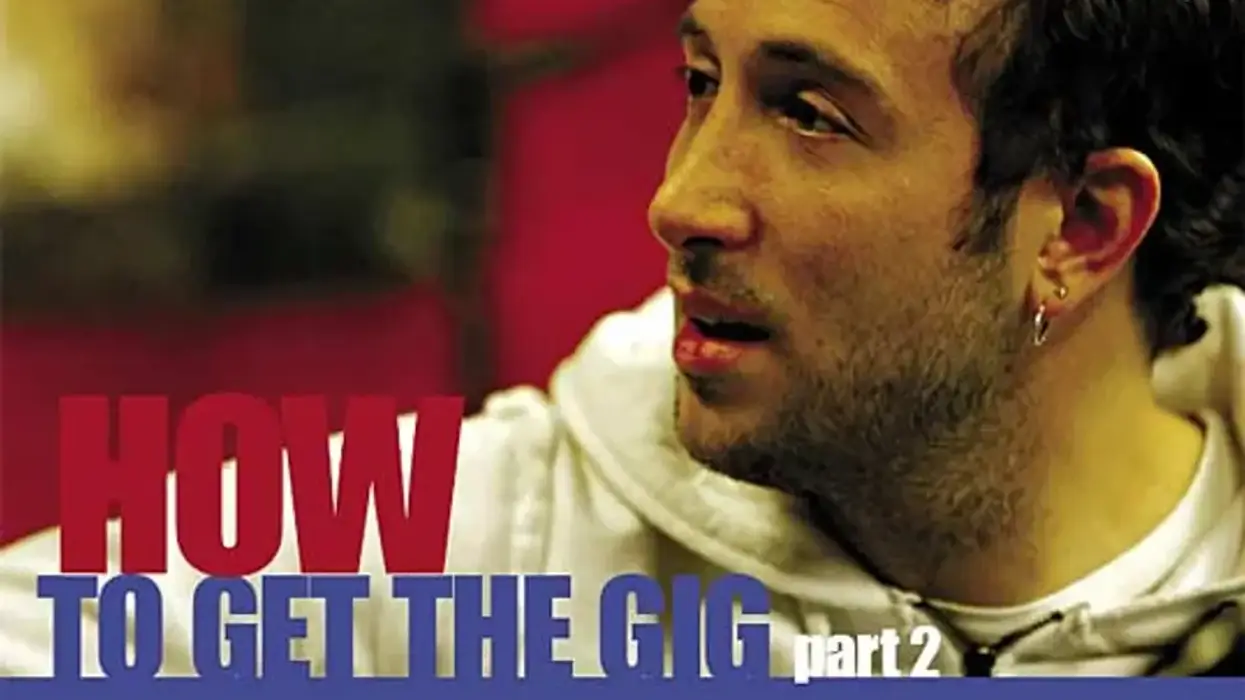

















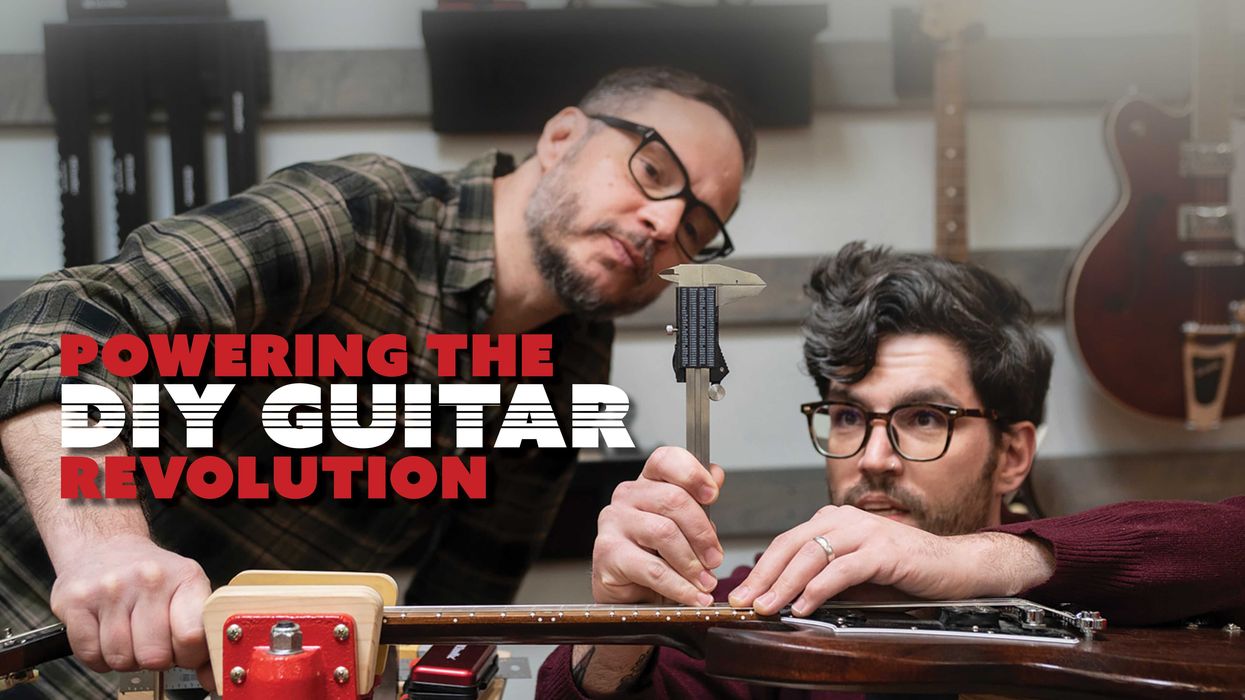
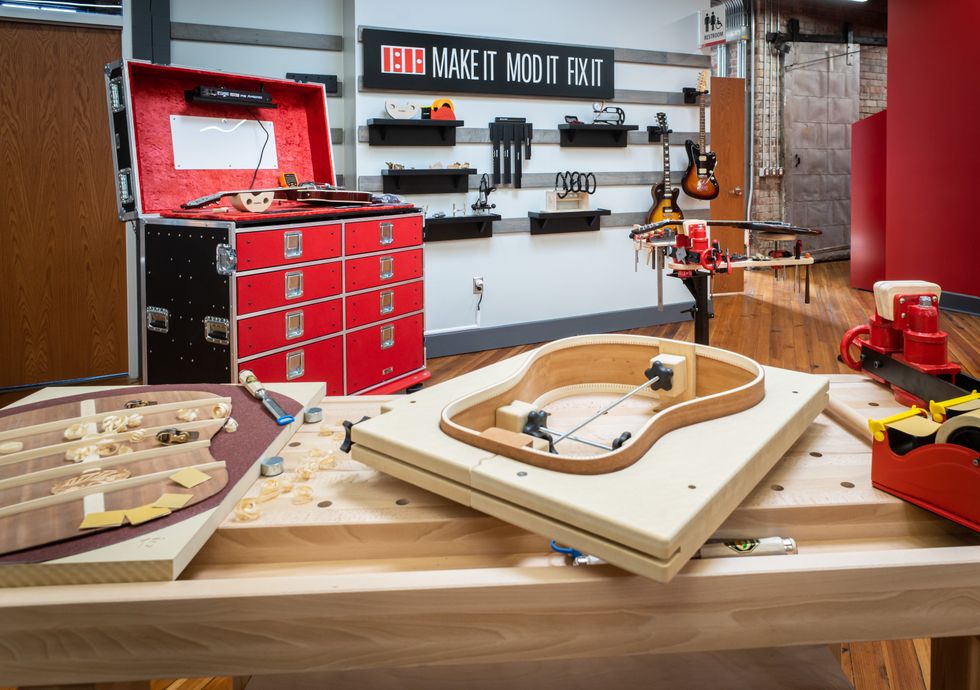

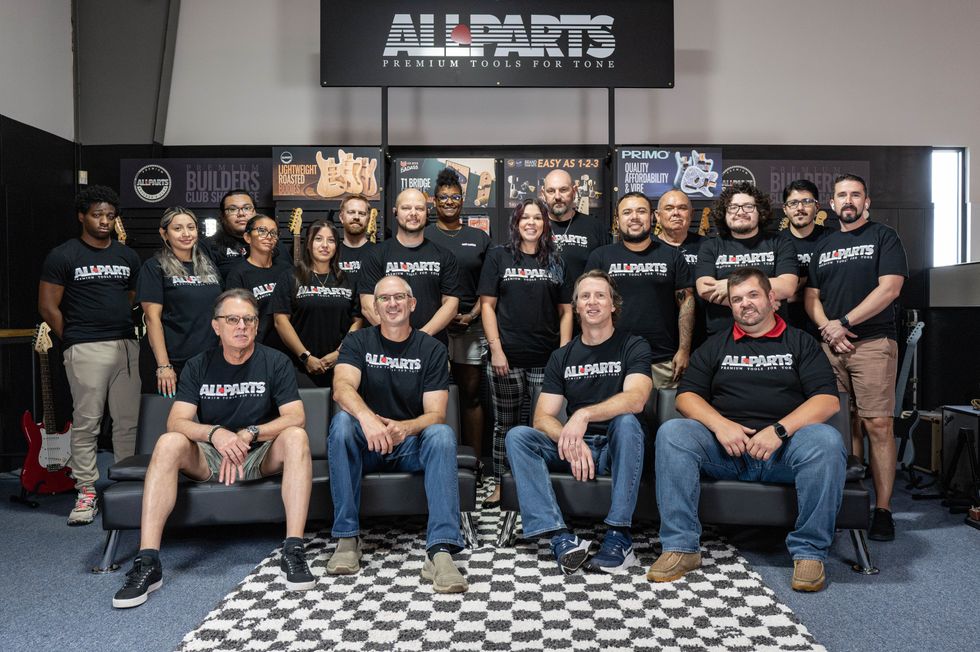 The Allparts team at their Houston warehouse, with Dean Herman in the front row, second from right.Photo by Enrique Rodriguez
The Allparts team at their Houston warehouse, with Dean Herman in the front row, second from right.Photo by Enrique Rodriguez